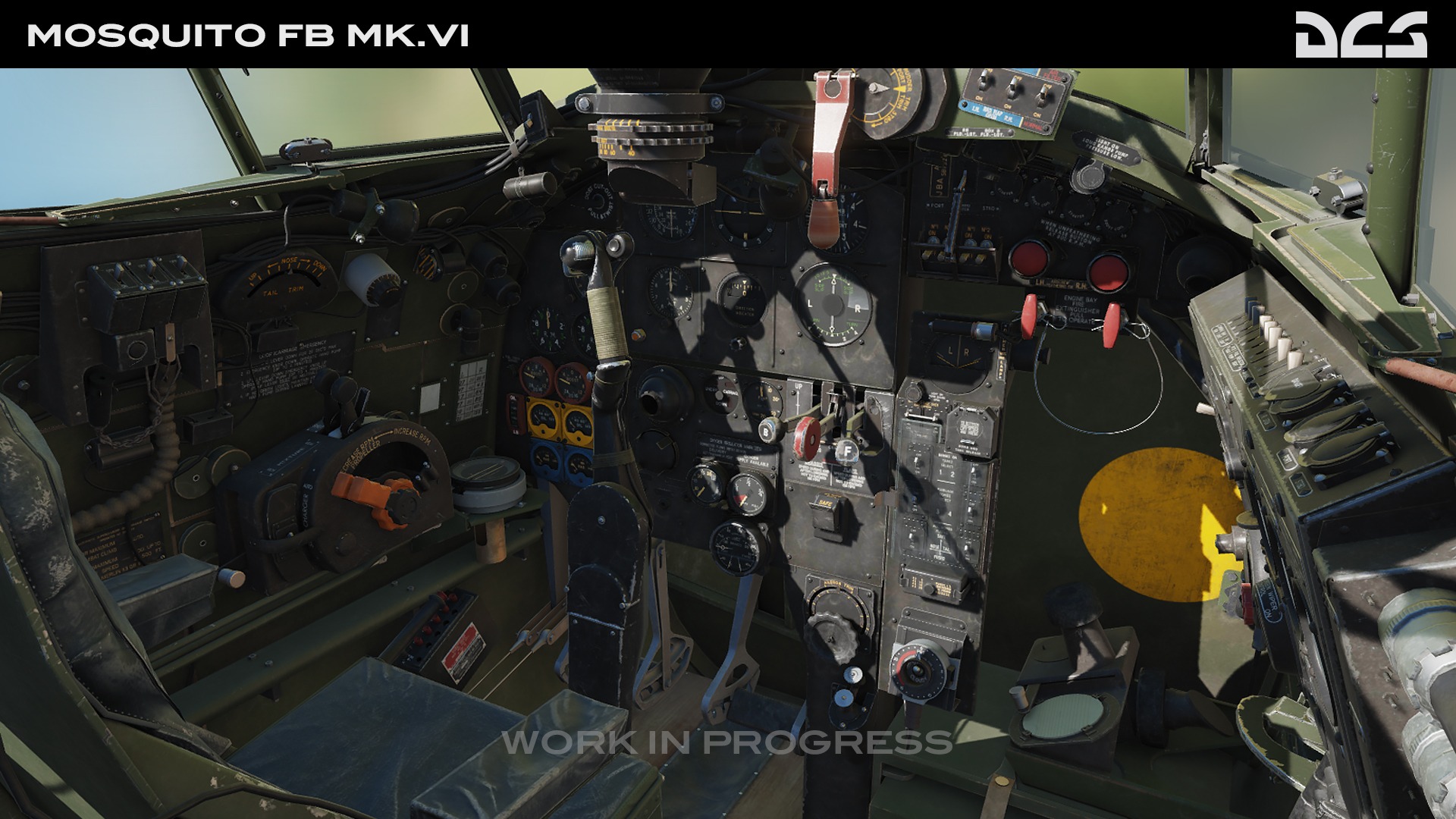

He calls himself an astrodynamicist, but he’s the unofficial king of the space navigators, a cadre of behind-the-scenes engineers who direct shiny, expensive spacecraft from here to there, with here being Earth and there being an asteroid, comet, planet, or moon.

launched 12 minutes and 12 seconds after the hour and can you guess what the date was?įarquhar’s faith in lucky numbers should not be easily dismissed, considering that he and his colleagues have sent spacecraft where no one thought possible, on less fuel and in less time than most people would have guessed.
#PINPOINT TARGETING PATHFINDER FULL#
“Oh, that’s great!” he exclaims, drawing quizzical looks from others watching a screen full of numbers charting NEAR’s position. The satellite is about to go in for a closer look, firing thrusters to cut the orbital altitude in half.įarquhar has just learned that the engine burn, the instructions for which were long ago loaded into the spacecraft’s computers, should last 144 seconds, nudging the craft from its piddling 5 mph to a whopping 6.5 mph. While Farquhar and his team monitor the signals, NEAR orbits 62 miles above the slowly tumbling asteroid’s surface. NEAR stands for Near Earth Asteroid Rendezvous, the first spacecraft ever to match orbits with an asteroid and hang around for an extended study of its chemical and physical makeup (“Shoemaker” was added to the name in memory of the late astrogeologist Eugene Shoemaker). At the moment, one of the network’s giant dish antennas is relaying signals from a boxy little spacecraft called NEAR Shoemaker in orbit around a potato-shaped asteroid known as Eros. It could be any office park in the country, except that the room in which Farquhar sits-at the head of a long conference table-is linked to NASA’s Deep Space Network. interplanetary missions, but a nondescript building at Johns Hopkins University’s Applied Physics Laboratory, outside Baltimore. His spacecraft is out there on its own, 119 million miles away, and whatever’s going to happen next has already been programmed into the onboard computers.įarquhar, whose mild manner seems more like that of a high school teacher than a space explorer, watches and waits from an unlikely place-not the Jet Propulsion Laboratory in Pasadena, California, headquarters for almost all past U.S. And that’s good, since there’s nothing he or anyone else can do now but hope for the best.


 0 kommentar(er)
0 kommentar(er)
